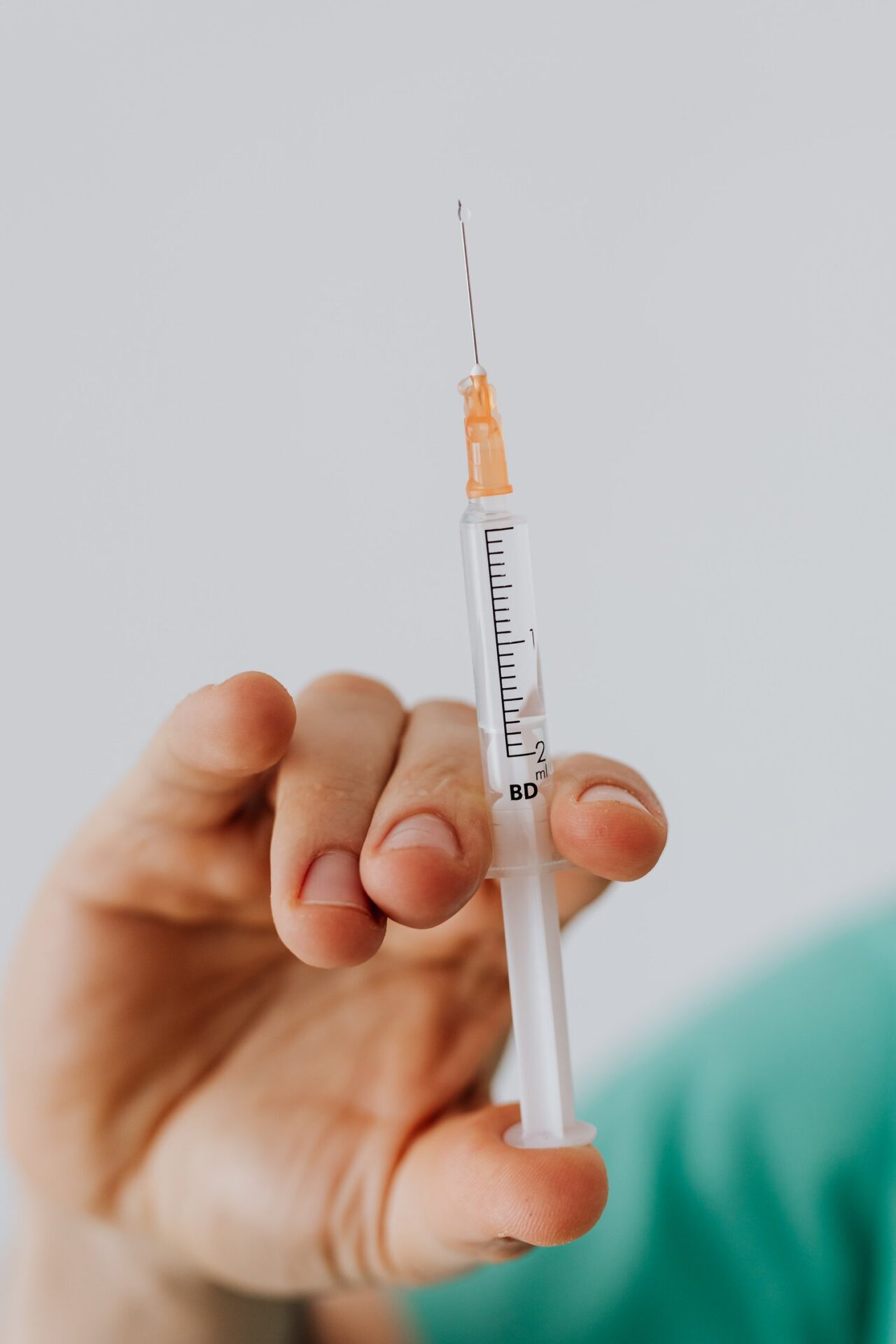Platelet rich plasma (PRP) injections have increased dramatically in recent years for the treatment of orthopedic conditions. PRP injections aim to improve the cellular and biochemical environment of the injected tissue. Current injection utilization has far out paced the research supporting their clinical use in patients. Current randomized, controlled data on the benefits of PRP for many orthopedic conditions has been mixed at best. Researchers have expressed concerns on both the lack of high quality studies in this area, as well as, the methodological limitations of the published studies. In particular, the lack of standardization of the procedure itself and the protocols utilized to treat conditions such as tendinopathy. A recent systematic review of the available evidence of PRP utilization in tendinopathies was published.
Masiello and colleagues reviewed 33 randomized, controlled trials including over 2,000 patients (Blood Transfus. 2022). Patient diagnoses in this study included lateral epicondylitis, plantar fasciitis, achilles tendinopathy, rotator cuff tendinopathy, and patellar tendinopathy. Protocols varied significantly among studies including 20 trials utilizing a single injection vs. the 13 utilizing multiple injections. PRP injections were compared against other injections including stem cells, pain medications, prolotherapy, steroids, as well as, control groups. The overall quality of the evidence was low, but authors did not see a larger treatment effect of PRP compared with control groups.

